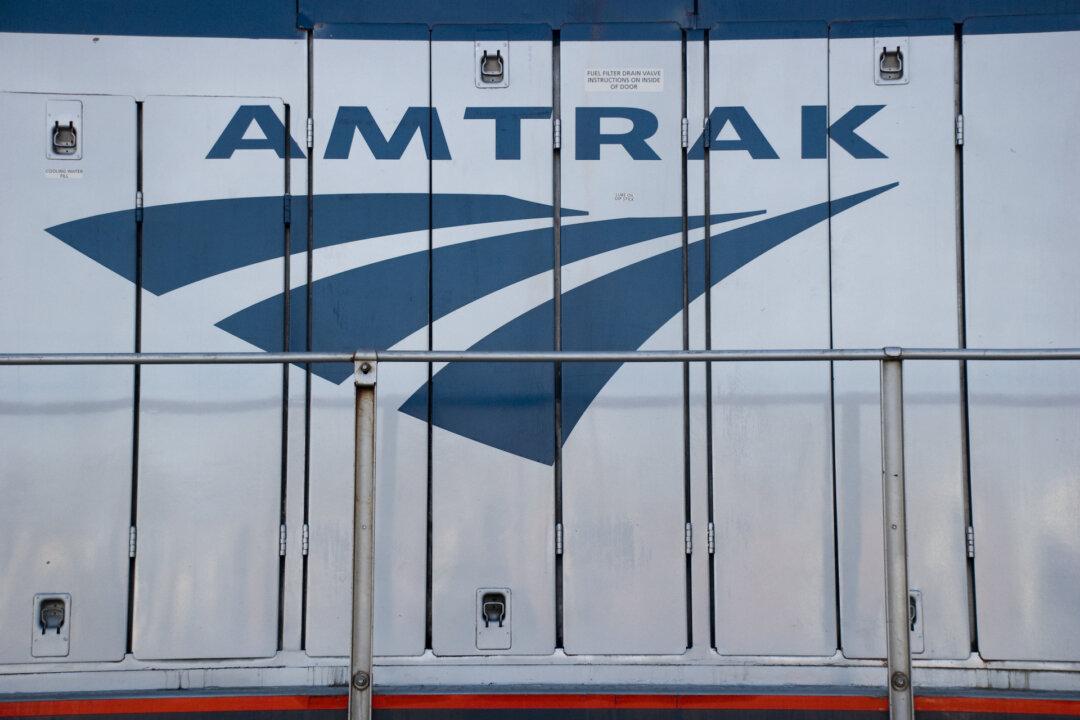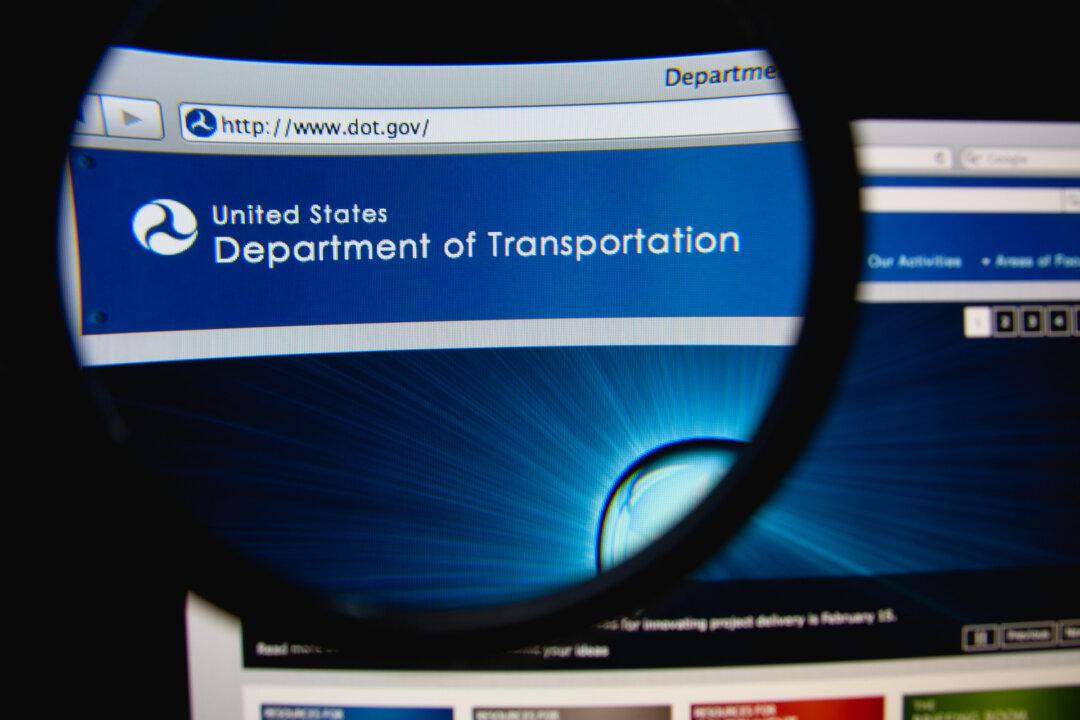Last week, Amtrak announced the addition of a new long-haul train, “The Borealis,” between Chicago and the Twin Cities. Daily round-trips will start on May 21, taking the same route as the ongoing Chicago-Seattle Empire Builder and making the same stops plus Milwaukee Airport, Sturtevant, and Racine. The train will include Coach and Business class plus a café car, but no compartments. Tickets are already on sale, featuring Amtrak’s usual mix of discounts and deals.
Like the Empire Builder segment, Borealis will be a day train leaving Chicago at 11:05 a.m. and leaving St. Paul at 11:50 a.m., arriving some 7-1/2 hours later. Despite the extra stops, it will be a bit faster than the Empire Builder but still slower than the 6-1/4 hours the Twin Cities Hiawatha took back in the 1950s.
Amtrak is promoting the train to “travelers seeking a more comfortable, sustainable and productive choice than driving,” not as an alternative to flying. Clearly, the appeal is to people who have time and prefer to take trains rather than people who have to get somewhere. It’s not the kind of frequent high-speed corridor rail service advocates have been fostering.
In fact, the main benefits will be for people who want to travel eastbound out of the Twin Cities or intermediate points with some promise of reliability. Currently, by the time it arrives in the twin/cities, the eastbound Empire Builder is often so late as to be unacceptable for travelers on the Chicago segment. Borealis will not be dependent on prompt arrival of equipment arriving from west of Twin Cities on the heavily congested single-track BNSF main line.
Over the years, I’ve found that covering rail developments in the U.S. is a lot like reporting on how the grass is growing. Everything important has a long lead time—up to decades—and all the news we see about infrastructure spending starts out with economic and engineering studies.
- Money. A new regional Amtrak train requires state sponsorship: Amtrak’s position on new service is, “If you find the money, we'll find the trains and crews.”
- Suitable Track. Passenger service demands a high standard of construction and maintenance of the track on which it runs, and much of today’s track, used solely for freight, is not up to those standards.
- Available Equipment. Amtrak does not have an inexhaustible supply of locomotives and cars.
- Host Railroad. Except in the few cases where Amtrak owns its roadbed, it relies on private host railroads to provide the track and the timed “paths” through their freight traffic. Many big railroads find Amtrak service to be disruptive to freight schedules and actively discourage new routes.
Very few other current proposals for new Amtrak service tick all four boxes. Even such seemingly simple trains such as Baton Rouge-New Orleans may require some heavy roadbed rebuilding, as do the several proposals for new trains from Northeastern Pennsylvania to New York City. Perhaps the easiest addition would be the proposed second daily Harrisburg to Pittsburgh trip.
Today’s most exciting rail developments are not Amtrak—Brightline’s private expansion in Florida and its West Coast route, the California high-speed line, and a handful of metro area developments such as Caltrain electrification. The sad fact is that the U.S. currently does not have the political will or money available to build a modern high-speed network with frequent services, and I doubt I'll be around long enough to see the necessary changes. Let’s hope at least some of you will.






